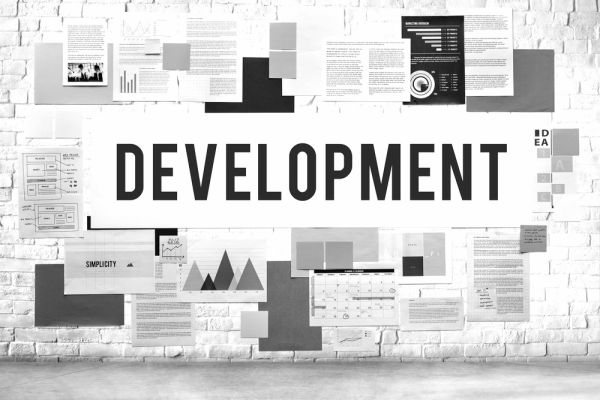Navigation

Related Post
Development Management
Development management in IT refers to overseeing and guiding software development projects from start to finish. It ensures software is built efficiently, meets business needs, and stays within budget and timeline.
Development management involves planning, organizing, and controlling the work of development teams. It covers setting goals, assigning tasks, monitoring progress, and managing risks or changes. Tools like Jira, GitHub, and Jenkins help teams track issues, collaborate on code, and automate builds. Effective development management balances technical requirements with business priorities to deliver reliable, maintainable software. It is critical to align development work with organizational goals and customer expectations.
Project Planning and Coordination
At the heart of development management is careful project planning. This includes defining the project scope, setting timelines, identifying required resources, and breaking tasks into manageable pieces. Teams often use Agile or Scrum methods, which focus on short cycles of work called sprints, to maintain flexibility and adapt to changing needs. Planning tools such as Microsoft Project or Jira help organize this work and ensure teams stay aligned.
Coordination across developers, testers, designers, and business stakeholders is essential for success. Regular meetings like daily stand-ups and sprint reviews help keep everyone informed and engaged. A development manager ensures that communication flows smoothly and potential bottlenecks or roadblocks are identified early and addressed quickly.
Team Leadership and Roles
Development management involves leading a diverse team of professionals, including software developers, quality assurance (QA) testers, designers, and sometimes system architects. The manager’s role is to guide the team, provide technical direction when needed, and foster a collaborative environment. Leadership means motivating the team, resolving conflicts, and helping individuals grow in their roles.
Clear role definitions and responsibilities are essential to prevent confusion. Development managers often work closely with team leads or senior developers to distribute work effectively. They also serve as a bridge between the technical team and non-technical stakeholders, helping translate business needs into actionable development tasks.
Tools and Technologies
A wide range of tools supports development management efforts. Version control systems like Git and platforms like GitHub or GitLab help teams track code changes and collaborate smoothly. Continuous integration (CI) tools like Jenkins or CircleCI automate building and testing software, ensuring issues are caught early.
Project tracking and collaboration platforms, including Jira, Trello, and Confluence, help teams monitor progress and document requirements. Development managers must be familiar with these tools and understand how to integrate them into team workflows. The right mix of technologies ensures efficient development processes and helps maintain high-quality outputs.
Risk and Quality Management
Managing risks is a key responsibility in development management. Risks can include missed deadlines, technical challenges, or shifting business priorities. Development managers use techniques like risk assessments, contingency planning, and regular check-ins to stay ahead of problems. They must also be ready to adjust plans when unexpected issues arise.
Quality management goes hand in hand with risk management. This involves setting quality standards, ensuring code reviews are conducted, and verifying that testing processes are thorough. Tools like SonarQube for code quality analysis and automated testing suites help maintain software reliability and performance.
Delivery and Continuous Improvement
Delivering finished software to customers or users is a major milestone in development management. Managers oversee the deployment process, ensuring smooth releases and minimal disruption. They work with DevOps teams and use deployment tools like Docker, Kubernetes, or cloud services (such as AWS) to handle scaling and stability.
Continuous improvement is another core focus. After each project or sprint, development managers lead retrospectives to reflect on what worked well and what can be improved. This learning process helps the team grow, refine its methods, and deliver better results in future projects.
Summary
- Development management ensures software projects align with business goals.
- It involves careful project planning, resource allocation, and task coordination.
- Team leadership focuses on guiding diverse roles and encouraging collaboration.
- Technical tools like Git, Jenkins, Jira, and Docker support development workflows.
- Continuous improvement helps teams adapt, learn, and enhance software quality over time.
Conclusion
Development management plays a critical role in bridging technical work with business needs. It ensures that software projects are delivered efficiently, effectively, and with lasting value.
How to Manage Software Development Projects – 5 mins
